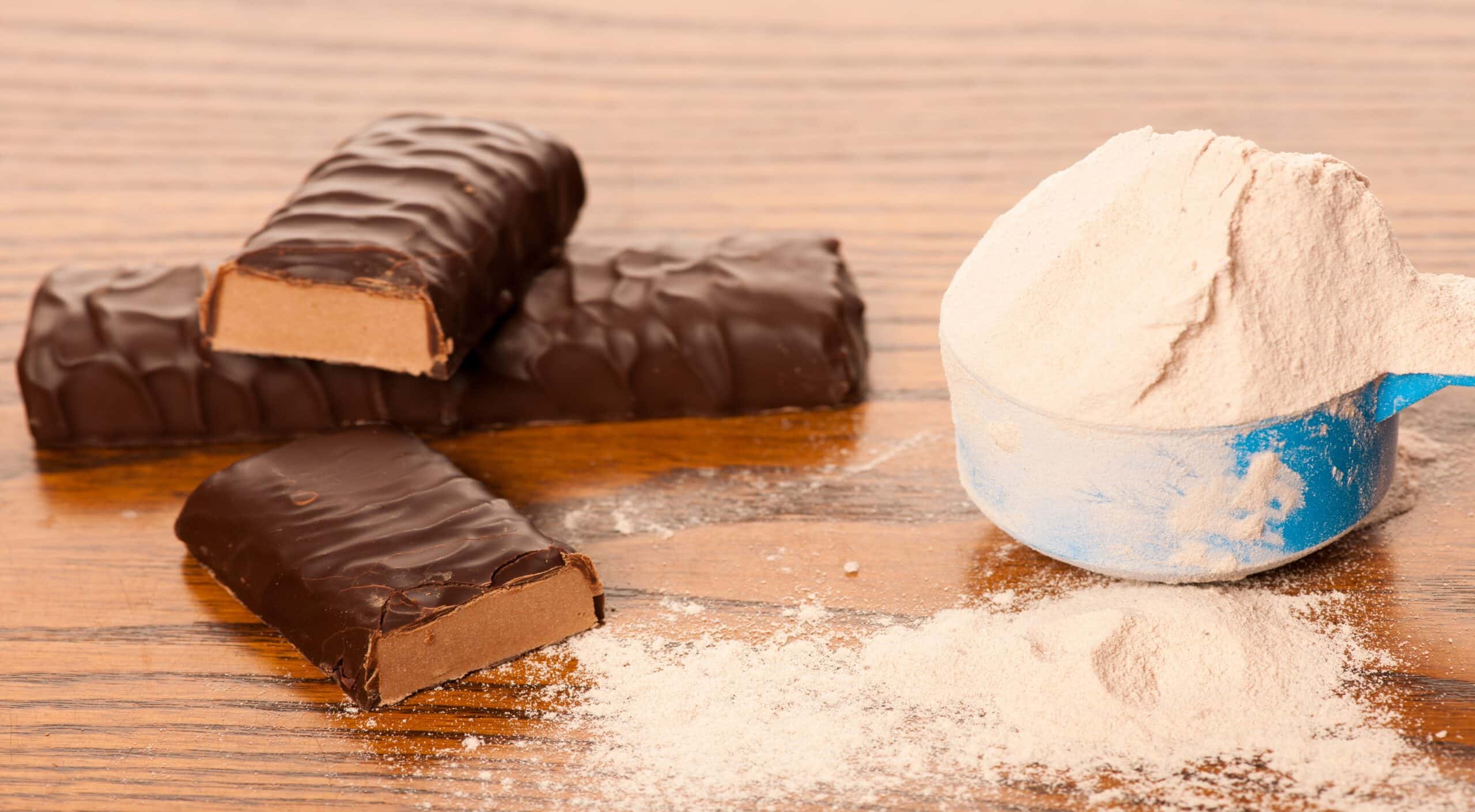What Are Meal Replacement Shakes?
Meal replacement shakes, as evident from the name, are nutritional drinks meant to replace your meals. They are rich in proteins, carbs, fats, and all the micronutrients, such as vitamins and minerals.
On average, a woman needs 1600 to 2400 calories, and a man requires 2000 to 3000 calories a day. They derive these calories from vegetables, fresh fruits, whole grains, dairy products, meat, seafood, etc. Meal replacement drinks simply provide you with what you obtain from these foods.
Such shakes are a whole meal in the form of a smoothie. However, they might not be a complete source of nutrition for athletes or people looking to dial in their physical performance.
When to Replace Your Meal with a Shake?
The best meal replacement shakes are rich in all sorts of nutrients. So, they fill your body with just the right amount of fuel it needs to function. Thus, if you’re looking to decrease your weight and calorie intake, a meal replacement shake might just provide the desired results.
At the same time, they do not load you with extra calories that may make you lazy or cause any weight gain. Hence, to reduce your calorie intake, replace at least one meal with the best meal replacement shakes on the market.
Some people add these shakes to their routine as a go-to snack because of their lifestyle. Cooking your food at home or waiting at the restaurant takes time; better make yourself a quick healthy mix.
How to Choose Your Meal Replacement Smoothie?
You can prepare your meal replacement shake at home or get a ready-to-mix powder from the market. The choice is yours; all you need to do is ensure it meets your dietary requirements. For that, consult your nutritionist and have them make a comprehensive chart for you.
In a nutshell, you must ensure that your smoothie provides sufficient calories and lots of protein. Also, it must be adequate in its fiber content, vitamins, minerals, and carbs. However, keep an eye on the sugar and fat levels.
Some benefits of meal replacement shake
Here are the good things about meal replacement smoothies:
- They make it easier to keep track of consumed calories if you are on a diet.
- You can use them to curb some specific nutritional deficiencies.
- They will conserve the time and energy you spend preparing a meal.
Some downsides of meal replacement shake
Here are some cons of meal replacement drinks:
- Meal replacement shakes cannot be enough if you are a physically active person.
- It is hard for manufacturers to balance all nutrients into one drink.
- Relying too much on such beverages may cause small but significant health risks.
What Is a Protein Shake?
Most people see protein shakes as a form of meal replacement. However, this misconception needs a word because their objective is different. The main ingredient in these drinks is protein, so they intend to fulfill your body’s protein requirements.
It can be whey protein or plant-based proteins, such as hemp, pea, rice, soy, or a combination of grains. So, instead of having another steak or a serving of scrambled eggs, you can have a quick protein shake and go about your day. You’ll be confident to know that your body has the amino acids it needs.
Most of them lack several other macro and micro nutrients, but plant-based protein shakes may provide some fiber and carbs.
When to Use a Protein Shake?
Unlike meal replacement shakes, protein drinks do not help weight loss but lean muscle gain. Therefore, you will often find such shakes in the kitchen cabinets of athletes, mountaineers, and bodybuilders.
Every cell in your body needs fuel, specific to its purpose, to function at its peak. Your muscles need amino acids to grow or recover from strenuous physical activity. In addition to muscle loss, a low protein intake may lead to fragile bones, weak immunity, and sluggish metabolism.
Ideally, protein shakes are to be consumed before or after exercise and not to replace a meal. Some gym trainers might recommend them for weight loss, but that is not their primary purpose.
How to Pick a Protein Drink for Yourself?
For muscle growth, choose the one with a high biological value (a measure of how well the body can absorb and utilize a protein). For weight loss, pick a shake with no sugars or added sweeteners. Remember to keep your required outcomes in mind when picking a protein drink.
People with kidney issues cannot tolerate lots of protein, so select your drink after asking your nutritionist. Similarly, lactose intolerant individuals should avoid the ones with lactose sugars, artificial sweeteners, or dextrins/maltodextrins. If you are a vegan or vegetarian, use 100% plant proteins-soy, pea, or hemp.
What are the benefits of a protein shake?
Protein shakes may not exactly be the magic potions advertisements claim them to be, but they can provide some benefits.
- They are great for maintaining your current body weight.
- They can be an excellent choice if you require additional nutritional value, specifically protein.
- They only require a few minutes to prepare, so they are super convenient.
What are the downsides to it?
Just like every good thing, protein shakes have a downside to them.
- Even if healthy levels of carbohydrates and fats are present in the shake’s formula, they are less than the phytonutrients and antioxidants found in a regular meal.
- Even though multiple flavors are available, many people do not find them pleasing to their taste buds.
So, Who Wins?
Both meal replacement and protein shake have their purposes. The former is ideal for losing or maintaining weight, whereas the latter is great for fueling intense workouts, building, toning, and repairing muscle tissue.
As a consumer, you have to choose what aligns with your goals. A detailed discussion with your trainer or dietitian can help you identify your requirements and choose accordingly.




